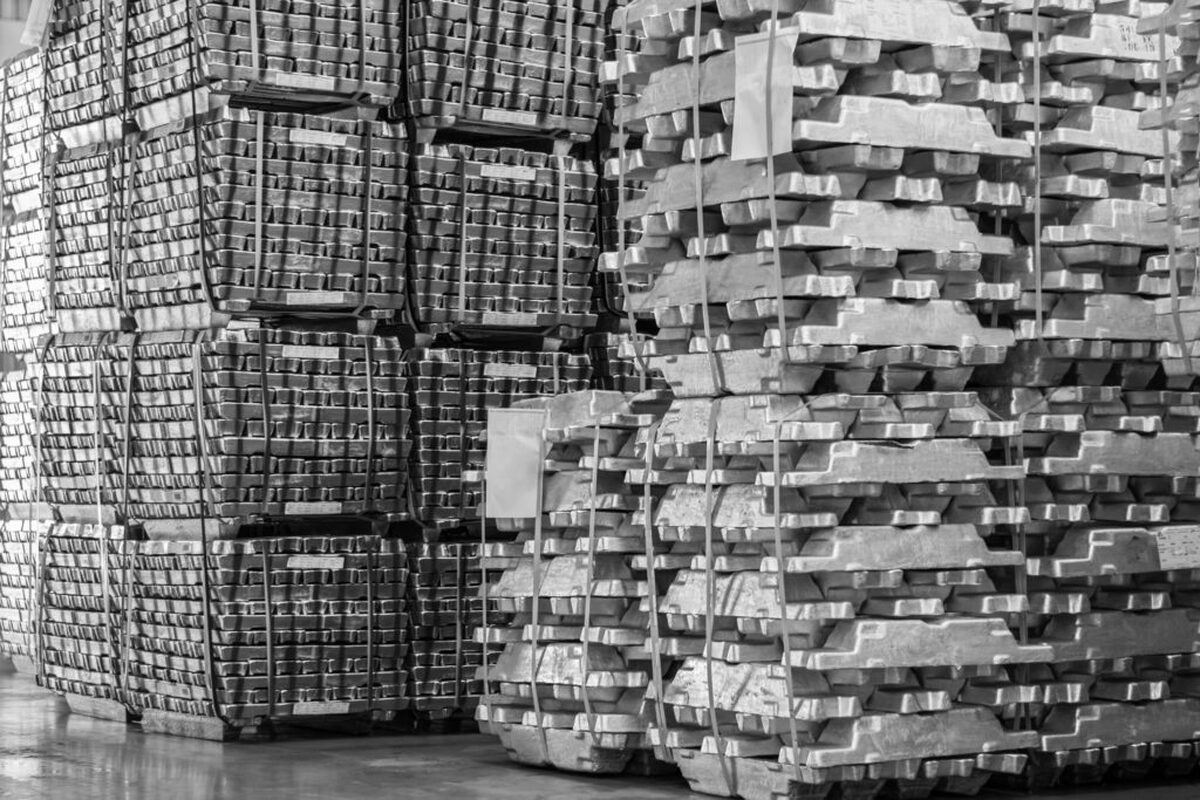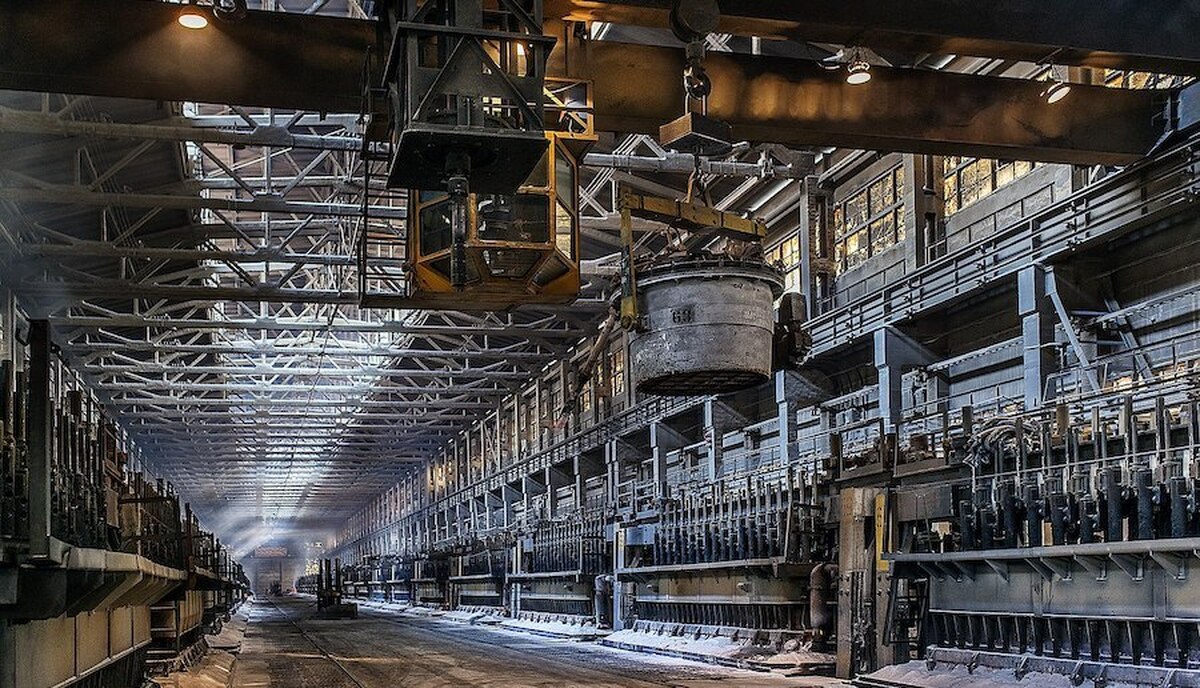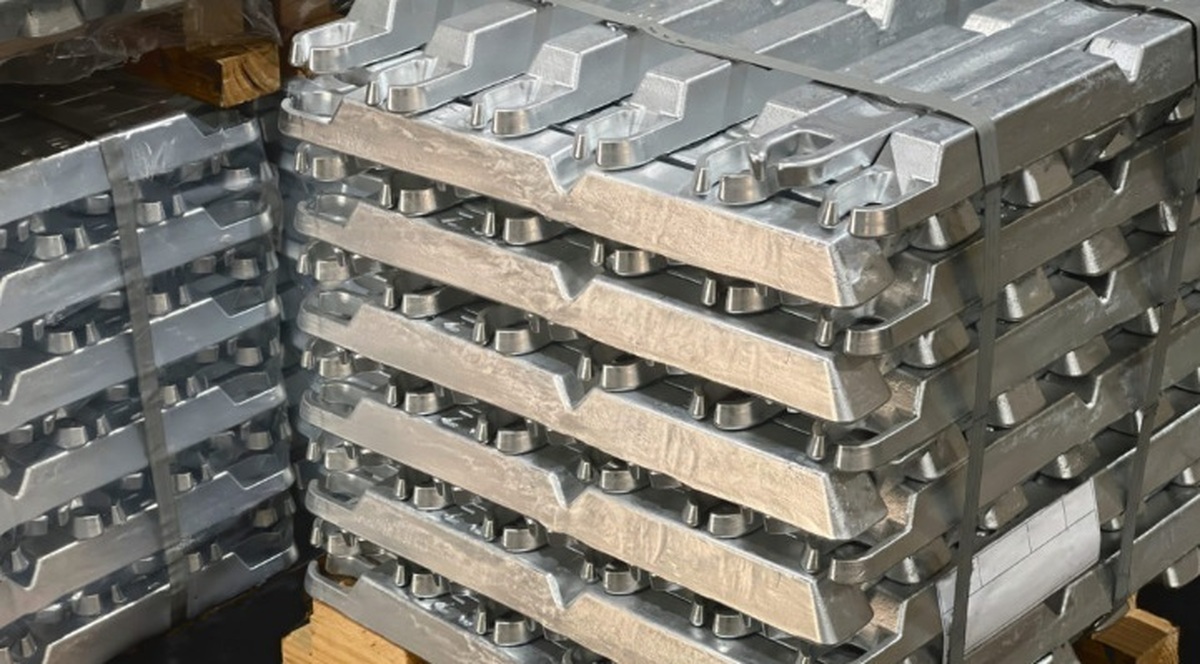
Iran Boasts Vast Potential to Expand Aluminum Industry
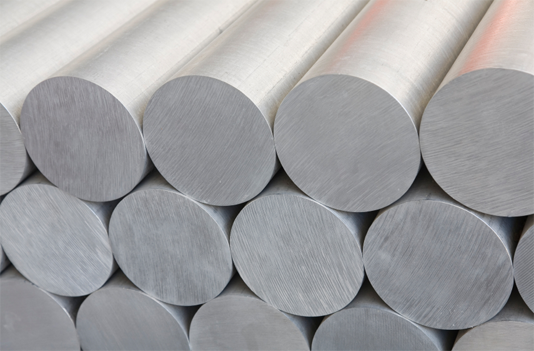
Following the relaxation of sanctions, Iran now has plans for fresh development of its infrastructure and industry, and the country’s aluminum sector in particular has been targeted for key support.
However, the prospects of realizing the considerable potential will be impacted by various challenges, reads an article published by Aluminum Insider.
Aluminum is the world’s fastest growing industrial metal and Iran has the potential to become a major player in this accelerating, profitable sector, according to a recent presentation made in Iran by the London-based Commodities Research Unit.
CRU’s raw materials expert, Michael Insulan, was speaking at a seminar held at the Iranian Mines and Mining Industries Development and Renovation Organization, headquartered in Tehran.
According to Insulan, demand for aluminum has been growing at a fast pace. In order to consider Iran’s potential, it is useful to take a look at the regional and global context. The metal recorded a nearly 6% compound annual growth rate for the 2000-15 period–even topping iron ore, the global commodity market’s most sought-after material.
Insulan believes aluminum will continue this global trend up until 2020, with the transportation sector acting as the main driver for growth for the metal.
Iran is well positioned to capitalize in this development.
As far as the Middle East is concerned, its aluminum producers have grown from minor players to global majors in less than 15 years. The UAE, Bahrain, Saudi Arabia, Qatar, Oman, Iran and Turkey combined currently account for close to 22% of the world aluminum output, spiraling up from less than 6% in 2000.
The regional producers enjoy lower energy costs compared to the global average, further supporting their competitive advantage.
Insulan believes that Iran has virtually all the essential factors needed to build a successful aluminum sector, such as access to cheap power, a qualified yet cheap labor force, production technology and a growing domestic market.
As a great advantage, Iran benefits hugely from its immense natural gas reserves and the increasing importance of indigenous gas as a key power source for the aluminum industry presents a great opportunity for the country.
It enjoys the cheapest gas prices in region and lower costs than, for example, in Saudi Arabia, Qatar, Bahrain and Egypt.
Iran also has one of the lowest electricity costs of all world aluminum producers, with power cheaper than in China, India, Brazil, USA or rest of the Middle East and Persian Gulf Region.

End User Sectors Growing
In addition to Iran’s great energy advantage, IMIDRO points out that development plans for increasing aluminum production up to 2025 are coupled with and driven by the rapid expansion and increasing demand of major end user industries.
This is supported by Iran’s complementary partner organizations working together to drive sector advances and growth, including the Ministry of Energy, Ports & Maritime Organization and the Islamic Republic of Iran Railways.
In particular, the automotive and other transportation sectors are targets for significant investment and restructuring. The national demand for cars is projected to reach 2.3 million units by 2025 and car production capacity is forecast to expand from the current 1.65 million units to 3 million over the same timeframe.
In the construction market, including commercial projects, domestic housing, general urban development and the country’s infrastructure, there is a huge and growing demand for buildings.
Iran’s annual housing demand alone, currently around 1.2 million units, is forecast to reach 12-14 million by 2025. Some 20-50% of total private investment in Iran are dedicated to the housing market.
Similarly, the electronics market, currently worth over $10 billion, is forecast to grow at a parallel rate, along with other key aluminum end user sectors such as packaging, beverage cans and general engineering.
Most of Iran’s downstream aluminum manufacturing industries, including sheet, profiles, castings and domestic utensils, at present operate at their minimum capacity and at less than 30% of their potential. One reason is due to the shortage of indigenous aluminum as the main material for production.
According to IMIDRO, for Iran to satisfy growing domestic demand and retain or increase its share of international trade, which is currently less than 1%, it must commence new projects, in particular adding substantial primary aluminum production capacity.
As another pivotal supporting factor for overall industry development, following the relaxation of sanctions in January, the country is gradually regaining its position in international markets.
Bauxite and Alumina Considerations
However, challenges remain. Insulan said energy and alumina procurement accounts for about 70% of total aluminum production costs and Iran, like other Middle Eastern producers, manages only a sparse bauxite and alumina output due to limited domestic reserves. This means a consequent dependence on alumina imports, for which Iran is in fact paying a premium compared to international market prices.
According to CRU, the average price that Iran paid for alumina in July was close to $280 per ton, while the global average aluminum price index stood at around $240.
However, imports are still less costly compared to Iran’s domestic alumina production.
Each ton of alumina costs $295 to manufacture at Jajarm Alumina Plant. The country’s only source of bauxite is the Jajarm Mine in the North Khorasan Province, with reserves estimated at less than 20 million tons.
According to CRU, Iran’s route to gain access to a cheap and sustainable bauxite supply would depend on economies of scale and the country’s lack in this respect is the main cause of high Iranian alumina costs.
While Iran enjoys the same cheap energy and labor advantages as its Middle East neighbors, its site operation costs in alumina production disadvantage competitiveness. On the plus side, the easing of sanctions has made it easier for Iran to develop its industrial infrastructure and seek access to modern, more efficient international production technology to boost efficiency, quality and margins.
Another route that could be taken is importing bauxite and processing it into alumina in domestic plants.
The country already has a deal with Guinea for bauxite procurement. Iran signed a 25-year agreement with the African country in 1992 to explore and extract 600 million tons of bauxite from its 13 deposit sites at Dabola and 12 at Tougue, both in central Guinea.
The 50-50 partnership with the Guinean government was recently renewed for another 25 years, and the exploitation of the mine is set to begin by the end of this year.
Echoing Insulan’s overall views, Mehdi Karbasian, chairman of IMIDRO and Iran’s deputy minister for industries, mining and trade, has announced on several occasions earlier this year that Iran plans to invest some $11.4 billion on its aluminum industry to support increased production over the next 10 years.
Iran is currently the 20th largest aluminum producer in the world, he claimed, with its main smelters being the Iranian Aluminium Company, Almahdi Aluminum Complex and Hormosal Aluminum Company.
But, the country needs greater output to meet growing national demand that is increasing by 10% annually and its plans are aimed at lifting aluminum production to 770,000 tons this year and up to 5 million tons by 2025.
Global Endorsements
Independently, Iran’s great promise for the future was endorsed at a forum staged earlier this year in Tehran. Representatives from some of the world’s largest aluminum companies spoke at the Iran International Aluminum Conference with a sharp focus on the national industry’s potential for growth and investment opportunities.
Ralf Ohrndorf, SMS Group’s technical sales manager, described Iran as the world’s “new aluminum market” and said, “Considering Iran’s long-term plans for aluminum, we will soon witness increased demand for aluminum in downstream industries.”
The SMS Group is internationally active in plant construction and equipment engineering for the steel, aluminum and non-ferrous metal industry.
“The auto and aviation industries’ demand for aluminum is on the rise and aluminum producers are competing to cut down production costs and win a bigger share of the market,” said Roman Berstenev, a spokesman from Rusal, the world’s second largest aluminum company.
“Energy prices are the main determinant in this race, and Iran’s large energy reserves provide a considerable advantage.”
Giovanni Nigris, deputy manager of Italy-based Danieli, an international plant and equipment provider, stressed that a strategic geographic location, abundant reserves of energy, access to seaports and a talented workforce would doubtless help realize the growth potential of the aluminum industry in Iran.


Codelco seeks restart at Chilean copper mine after collapse
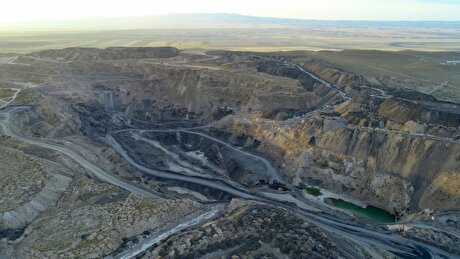
Uzbek gold miner said to eye $20 billion value in dual listing

Hudbay snags $600M investment for Arizona copper project
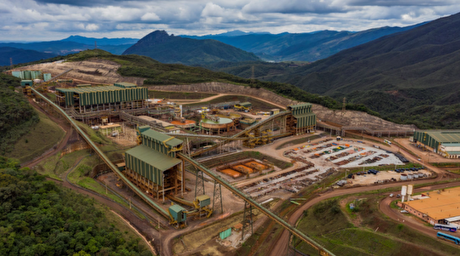
BHP, Vale offer $1.4 billion settlement in UK lawsuit over Brazil dam disaster, FT reports

Peabody–Anglo $3.8B coal deal on the brink after mine fire
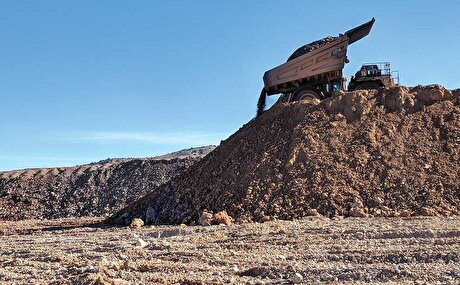
Minera Alamos buys Equinox’s Nevada assets for $115M
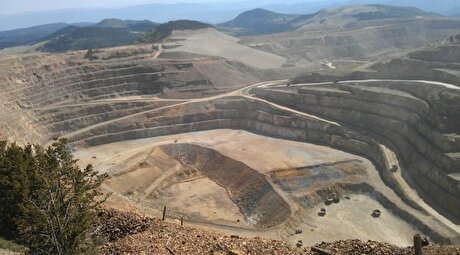
SSR Mining soars on Q2 earnings beat

Century Aluminum to invest $50M in Mt. Holly smelter restart in South Carolina
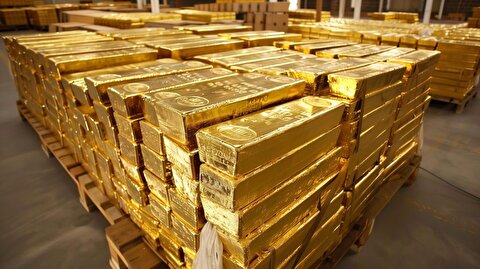
A global market based on gold bars shudders on tariff threat
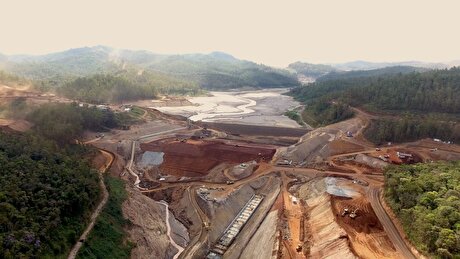
Samarco gets court approval to exit bankruptcy proceedings
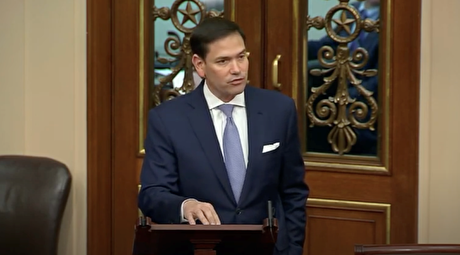
US eyes minerals cooperation in province home to Reko Diq
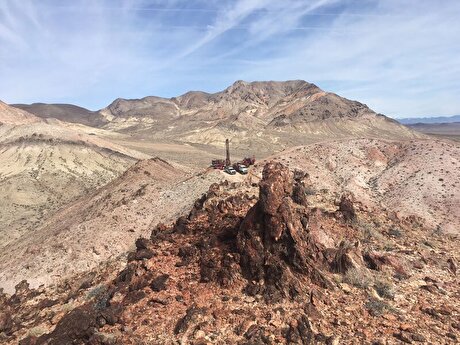
Allegiant Gold soars on 50% financing upsize
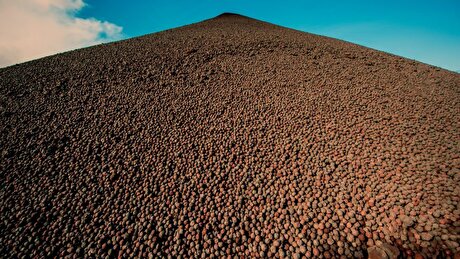
Explaining the iron ore grade shift

Metal markets hold steady as Trump-Putin meeting begins
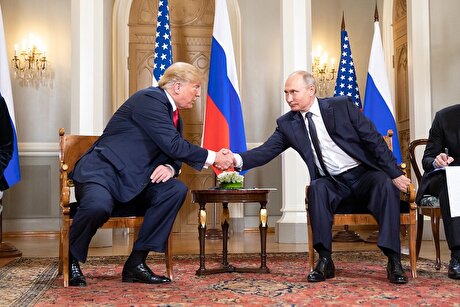
Trump to offer Russia access to minerals for peace in Ukraine

Gemfields sells Fabergé luxury brand for $50 million

Gold price stays flat following July inflation data
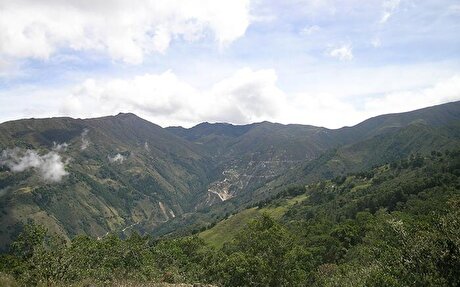
Eco Oro seeks annulment of tribunal damage ruling
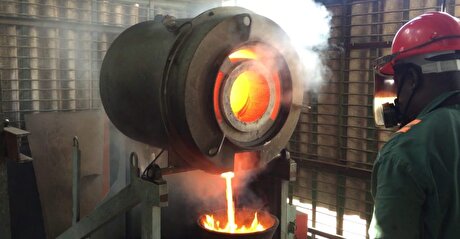
Zimbabwe labs overwhelmed as gold rally spurs exploration, miner says

Samarco gets court approval to exit bankruptcy proceedings

US eyes minerals cooperation in province home to Reko Diq

Allegiant Gold soars on 50% financing upsize

Explaining the iron ore grade shift

Metal markets hold steady as Trump-Putin meeting begins

Trump to offer Russia access to minerals for peace in Ukraine

Gemfields sells Fabergé luxury brand for $50 million

Gold price stays flat following July inflation data

Eco Oro seeks annulment of tribunal damage ruling

